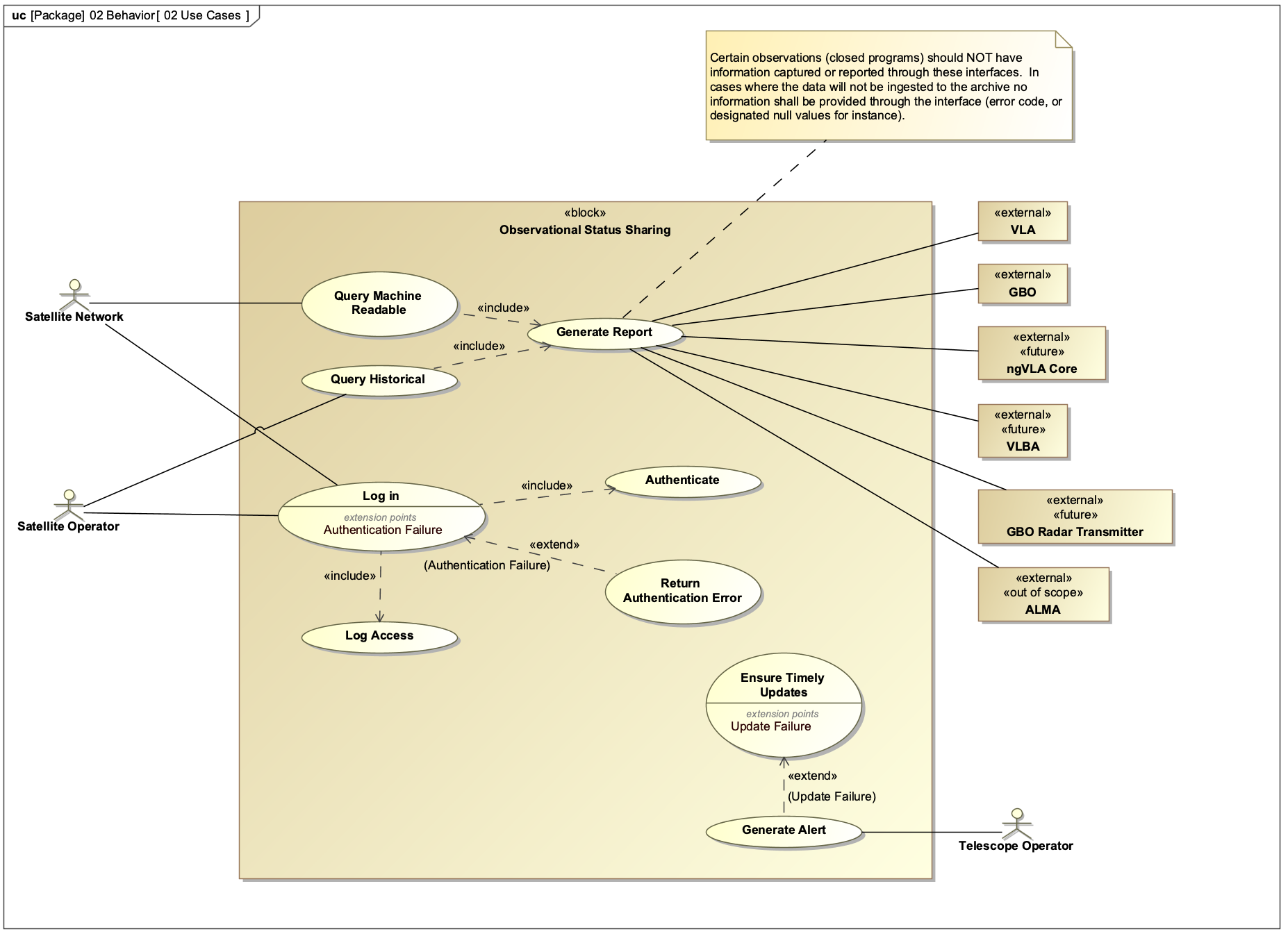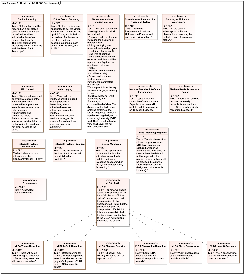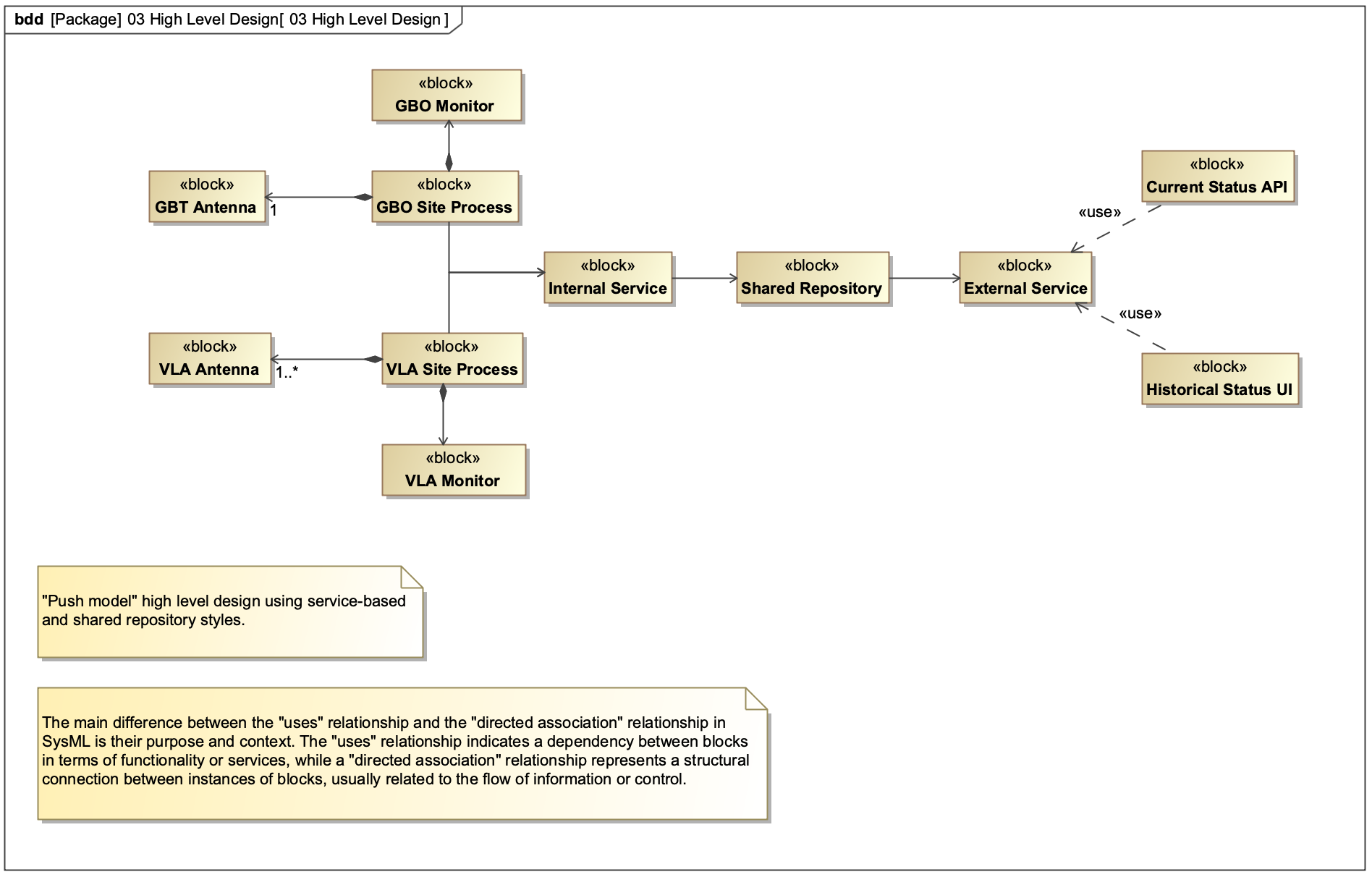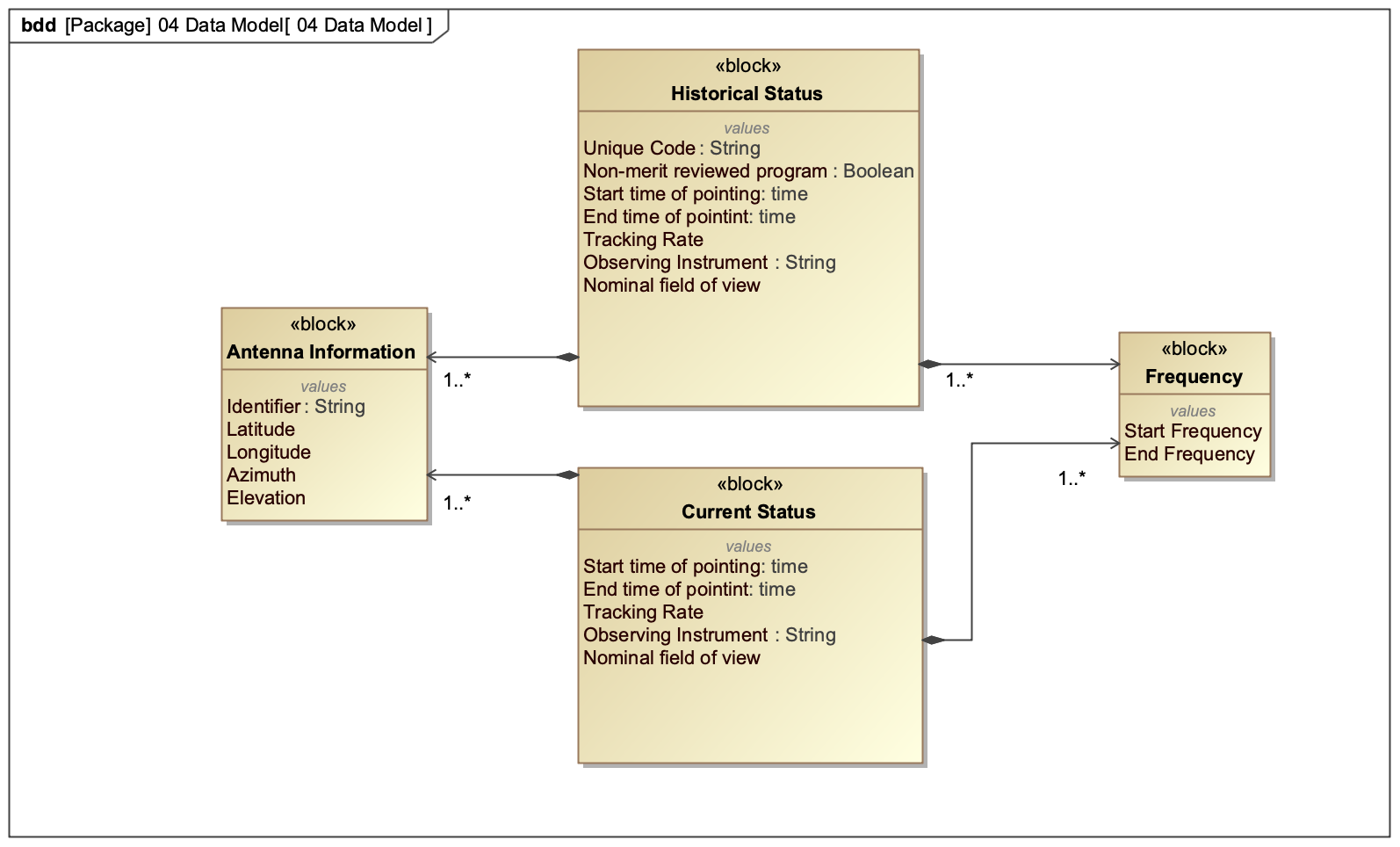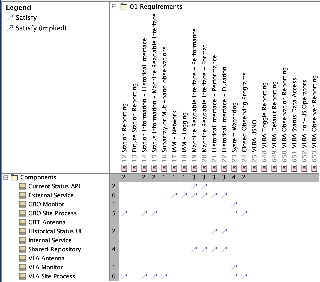The OSS ODS system is modeled in Cameo based on the requirements and ConOps provided here. The model currently consists of a context diagram and a use case diagram.
Context Diagram
The system context models the OSS system as a 'black box' and depicts the information flows into and out of the system.
Use Case Diagram
Use Cases are a means of specifying the required usages of a system. The use case diagram (click to enlarge) below models the OSS ODS usages.
Note: "include" means the use case is always executed and "extend" means the use case is only executed when the extension point criteria are met.
Requirements
The Requirements Diagram models the existing requirements (click to enlarge).
Architecturally Significant Requirements
- The system must be able to support the Green Bank Radar Transmitter, ngVLA Core, ALMA, VLBA in the future.
- Quasi-realtime performance: "Update latency should be of order seconds." and "Expected use cases will seek to update information on 15 second cadence."
- Assume latency means: "the delay before a transfer of data begins following an instruction for its transfer."
High-level Design
Data Model
Satisfies Matrix
Questions
From presentation: "If telescope is observing in a downlink band then satellites serving cells within XX km of the telescope enter a special mode." Are the telescope/antennae locations supposed to be part of the station information response or would the satellite network know the locations another way?
- Are queries station-specific or are they for all stations?
- We assume the Historical interface is already implemented by the "Data Collection for Foreign Observing on AUI-managed Instruments" Project (AD2). Is that correct?
Regarding "The driver for the update is that NRAO and GBO are testing new methods to coordinate observations with potential interfering signals from satellite transmissions.", was the converse communication strategy considered? That is, the satellite network sends information to the NRAO system and the NRAO system determines what mode the satellite should be in and sends the associated simple response.

